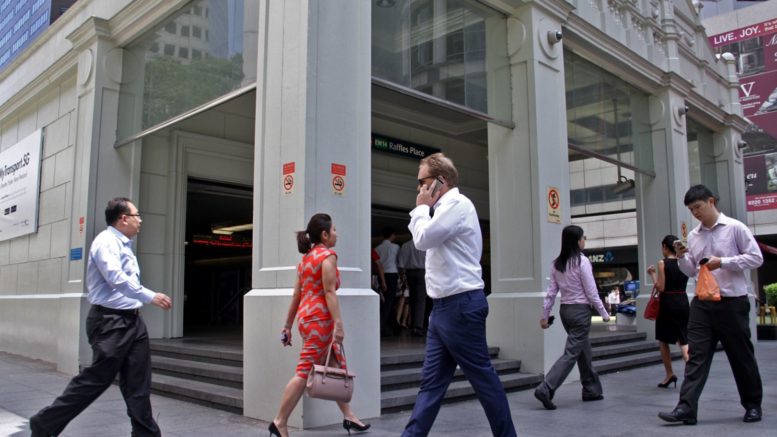I refer to the article “Longer job search more common, with PMETs hit hardest” (Straits Times, Jun 14).
It states that “It is also seen in the share of local residents, including permanent residents, who can get a job within six months of being laid off.
This rate in the first quarter of this year slipped to 64.4 per cent, against 64.7 per cent in the fourth quarter of last year.
The rate for the hard-hit PMETsfell to 60.6 per cent. Their rate has generally been on a downslide since the third quarter of 2015.

You may not have noticed in the note to the above chart – “NOTE: MOM revised the definition of the rate of re-entry into employment. Before, it measured the share of workers made redundant in the previous quarter (Q4, 2016), who found jobs by the end of the stated quarter (Q1, 2017). Now, it measures the share of workers made redundant two quarters earlier (Q3, 2016), who found jobs within 6 months”
What this change in definition may mean is that we are now measuring those who take up to 6 to 9 months (two quarters earlier) to find a job, instead of the previous up to 3 to 6 months (previous quarter).
Why are we changing the definition in the midst of one of our worse labour downturns?
Leong Sze Hian
